Cleanroom Technology
Definition of clean area
A clean area is a “specified area in which the concentration of airborne particles is regulated and classified, and which has been designed and is being operated appropriately for regulating the introduction, formation and deposition of particles in the area.” (ISO 1464 41-1)
This area can be of different sizes. You do not always have to set up a complete cleanroom to protect the product from harmful particles.
Cleanroom technology thus includes all technical and operational measures avoiding the potential risk of contamination for products.
The measures to be taken depend to a large extent on the process and the respective requirement. Frequently used solutions in cleanroom technology are minienvironments, cabin solutions, conventional cleanrooms, etc., which are selected and implemented depending on the required purity class and process specifics.
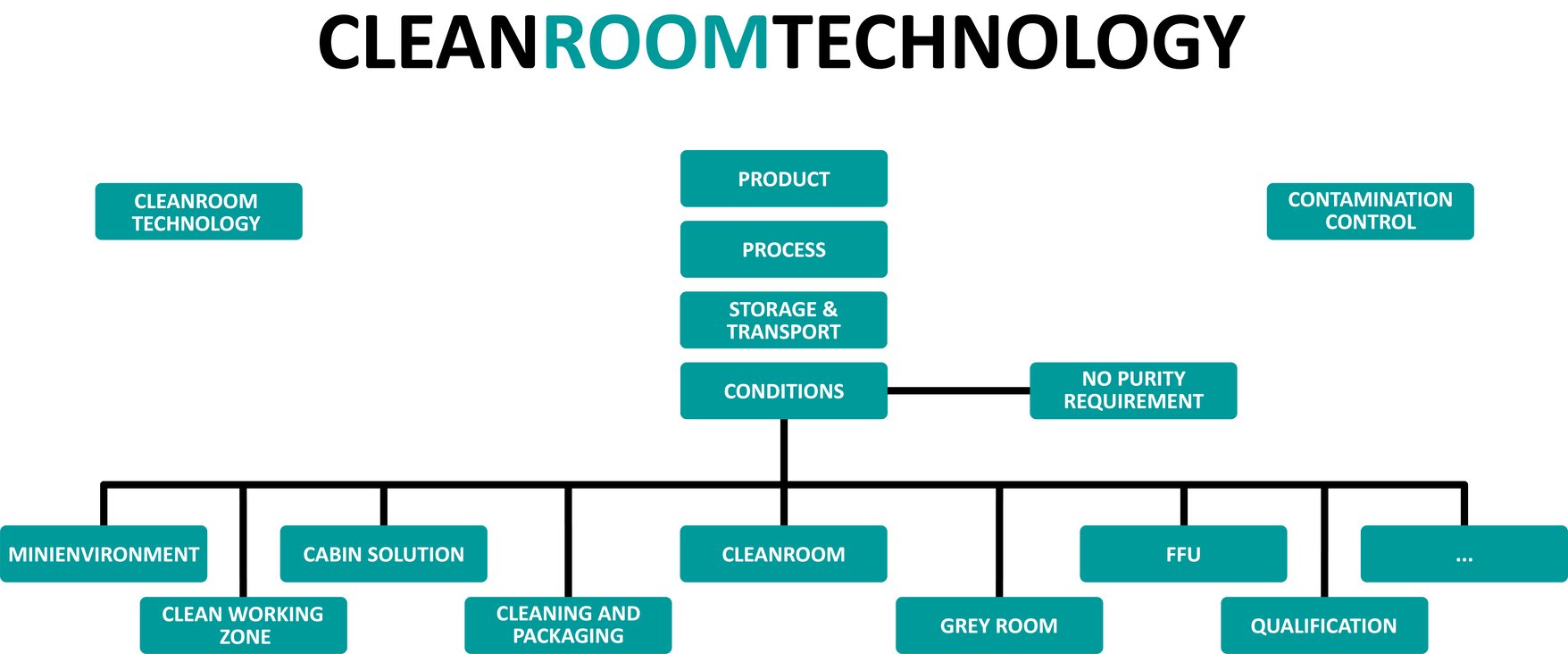
The term cleanroom technology is often considered too narrowly due to the “room” fragment. For cleanroom technology covers a far wider range than just the cleanroom itself. This is why the term “contamination control” is basically more accurate.
The product to be protected is always in the centre of cleanroom technology. Together with the process consideration and the requirements, the best possible cleanliness solution can be found and implemented.
The route to modern cleanroom technology
The requirements placed on products and processes in cleanroom technology are continuously changing. Technological progress leads to innovations in ever shorter intervals which makes individual cleanroom solutions necessary. Today, more and more companies and sectors benefit from production under cleanroom conditions. It is important that the technical solutions in cleanroom technology are always adapted to new processes.
The exact origin is controversial in the professional world. Cleanroom experts agree that cleanroom technology became really relevant at the beginning of the 1960s. However, the new technology was initially considered as a niche product. In the course of the increasing efforts in the aerospace industry, in which cleanroom technology accounts for a significant share, the first standardization, the United States Federal Standard 209 (FS 209), was created in 1963. It did not take long until other sectors such as the semiconductor industry discovered the benefits of production under cleanroom conditions. Research institutions and companies from around the globe now relied on cleanroom technology. Therefore, a global standard needed to be found urgently.
In May 1999, the Institute of Environmental Sciences and Technology (IEST) presented the internationally recognized standard ISO 14644, which, on 29 November 2001, replaced US Fed. St. 209 withdrawn on that day. In addition to requirements on the cleanroom, it also contains standard values for air purity quality and qualification. Through the continuous optimization of the ISO 14644 standard, today, even conclusions on planning, control and operation of a cleanroom can be drawn from it.
Cleanroom technology was also gaining more importance in Germany. The engineers of the VDI (Verein Deutscher Ingenieure, Association of German Engineers) dealt more frequently with the issue of cleanroom technology and developed their own national standard – i.e., VDI 2083.
Read more in the blog post: "Standardization in cleanroom technology""
ISO 14644 and VDI 2083: What is the difference between the standards?
The standard families ISO 14644 and VDI 2083 are equal standards for cleanroom technology. ISO 14644 is considered an international standard, while the VDI standard derives from the standard work of the VDI and, therefore, has a national character.

Since VDI 2083 represents the world's most comprehensive set of regulations with over 20 individual sheets on various aspects of cleanroom technology, other countries also adopt VDI 2083 or use them as a prototype to expand their own policies.
Important: VDI 2083 does not contradict ISO 14644 in any point but builds on it and amends it. The objective of VDI 2083 is to represent the current state of the art. It is continuously amended and COLANDIS also participates in a variety of single sheets. Because new challenges in projects sometimes require new standards in cleanroom technology.
Learn more on standardisation in our blog "ISO 14644 and VDI 2083: connections and differences" or in our whitepaper.
Process design under cleanroom conditions
For zero-defects with suitably clean production, you must always consider the entire process chain. If one single process link is neglected, process steps lose their effect and the product its quality.
Already during the production of single parts, assemblies or machines a high degree of cleanliness, which is defined in different standards, must be observed, because contaminations, existing hidden in a machine, will sooner or later affect the quality of the product which is manufactured on this machine. This is why, in addition to suitably clean production, part cleaning and also assembly and machine cleaning is of great importance.
A cleanroom is not always required to ensure suitably clean production. These costs can be saved if you understand the main processes of the chain and consistently comply with defined processes to protect the product optimally. But not only production under clean conditions and cleaning parts or assemblies are of great importance.
Cleanliness must also be ensured for packaging and transport. Because often cleaned products are put in uncleaned packaging materials. Hence, for instance, when cleaning packaging materials, a high degree of cleanliness must also be observed. After the product has been packed suitably clean, the films should be sealed and not just folded to prevent contamination from the outside.
In a detailed report from practical experience, we explain how you can provide a clean environment in a machine. An intensive analysis of the relevant processes and interfaces is of great importance in this regard. Questions of cleaning, packaging, transport, environmental conditions, processing as well as the operating conditions at the end customer should be considered from the outset.
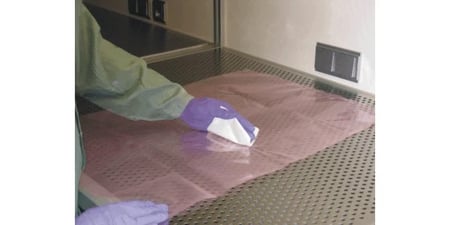
Learn more in our whitepaper “Process design under cleanroom conditions” what to consider for the process design under cleanroom conditions.
Cleanroom technology – saving money with the circle of performance
Cleanroom technology is often referred to as enabling technology or cross-sectional technology and considered a sheer cost monster. However, it is a very essential topic for many processes.

The circle of performance helps you to get the most out of the following criteria:
- Maintenance intensity
- Operating costs
- Material costs
- Flexibility
Contaminations can only be avoided if you know the sources of contamination:
- dust
- skin
- hair
- make-up
2. Chemical contaminations, e.g.
- oils (compressed air)
- greases
- metal ions
- perfumes molecule
- molecular contaminations (AMC)
3. Biological contaminations, e.g.
- bacteria
- fungi
- vermin such as insects
4. Radiation, e.g.
- light
- UV radiation
- X-ray radiation
Minienvironment
Definition
According to SEMI standard “SEMI E44-95 Guide for Procurement & Acceptance of Minienvironments” a minienvironment is defined as follows:
“a localised environment created by an enclosure to isolate the product from contamination and people.”
The ambient conditions (e.g., air purity class or temperature) can be clearly defined for the process area and thus meet required conditions for a specific work step. The physical limitation allows bringing about the necessary conditions more efficiently and keeping them consistent. In addition, such a minienvironment solution is often a more cost-effective and space-saving alternative as compared to a conventional cleanroom.
Characteristics of minienvironments
- Air purity classes up to ISO 1 (acc. to DIN EN ISO 14644-1) can be achieved
- Ideal adaption of the minienvironment to the specific production requirements
- Optimised flow concept
- Integrated monitoring
- Minimum setup space
- Low investment and operating costs
Read more in the blog post: "Minienvironment as local purity solution""
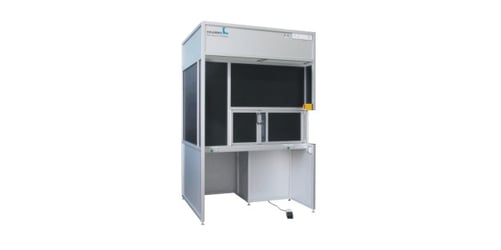
Clean Air Workbench
Laboratory, manufacturing, assembly or test tasks can also be performed with a clean air workbench at relatively low cost. Similar to a minienvironment solution, only sub-processes can be supplied with clean air and thus costs can be saved.
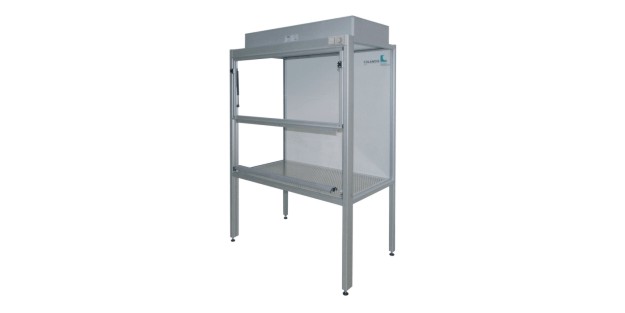
Mobile cleanroom-box
Another small local solution for a sub-process with specific cleanliness requirements is a mobile cleanroom-box. It is mobile and also suited for measuring and testing tasks. This solution allows avoiding contamination by airborne particles in a specific environment.
However, you should not only consider the subsequent process steps when choosing the cleanliness environment since products can often not be further processed directly and must be stored for a certain period of time or be transported from one clean environment into another. However, extensive logistical efforts are not necessary.
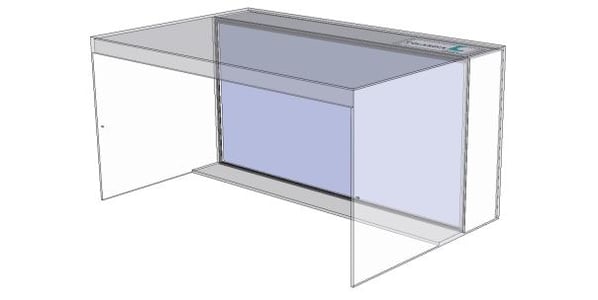
Storage and transport under cleanroom conditions
Transport and storage under cleanroom conditions are extremely important for highly precise and sensitive products. Therefore, the demands on companies and suppliers in the high-tech industry to also have these process steps under clean conditions are continuously increasing. Critical components can be damaged already after a short period of time as soon as they are exposed to normal ambient air conditions.
In our blog post, we take a detailed look at the storage and transport of products under cleanroom conditions.
A clean air purged trolley is suitable for internal transportation of materials in a highly clean atmosphere. A fan-filter system in the trolley ensures the supply with clean air of all the components, and it is suited, for example, for transport between two cleanroom areas.
However, a permanent cleanliness solution is not always necessary. Thanks to our rentable mobile solutions, you can also create a clean environment for a short, defined period of time. Such a solution can be, for example
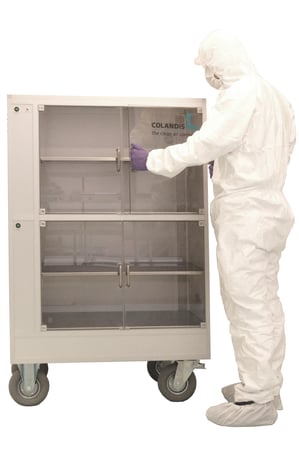
Semiconductor industry, medical technology and other important sectors in cleanroom technology
Cleanroom technology is gaining importance in more and more economic sectors. Therefore, also cleaning of different products or assemblies should be carried out under clean conditions. COLANDIS, for example, also has equipped its service range with cleaning under clean ambient conditions.
But what are the sectors in which clean environments are being used?
- Optics (blogpost "cleanroom requirements in the optical industry")
- Laser technology (blogpost "cleanroom technology for laser applications")
- Semiconductor technology
- Aerospace
- Biotechnology
- Medical technology
- Food industry
- Pharmacy
- Nanotechnology
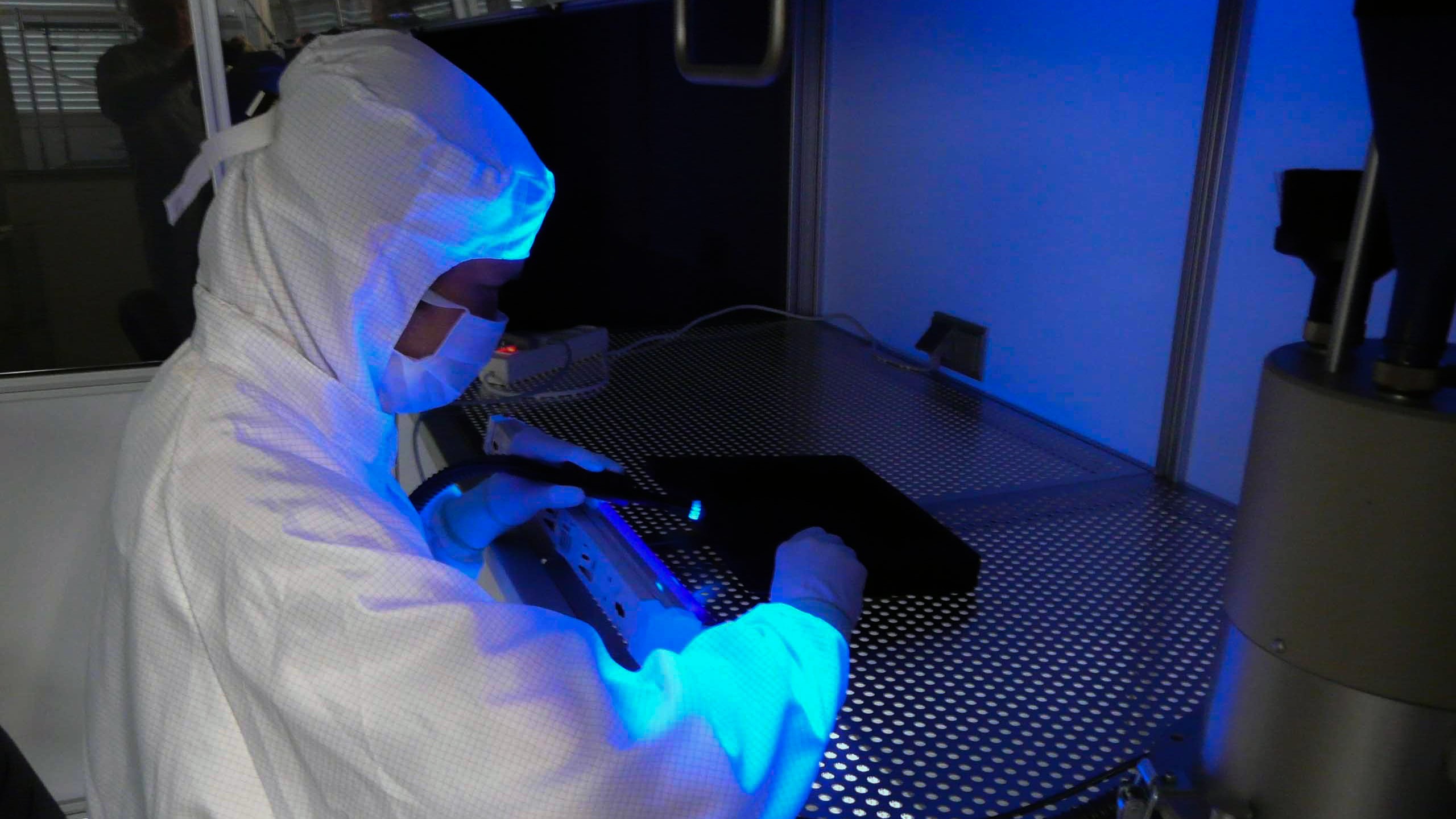
Summary
It has become apparent that clean environments are gaining importance in more and more fields. In this regard, it is especially important to know the processes of the customer and thus find the right solution. Because a large cleanroom is not always necessary. It is often sufficient to provide only sub-processes with clean air so that the products are protected against harmful contamination in the best possible way.


